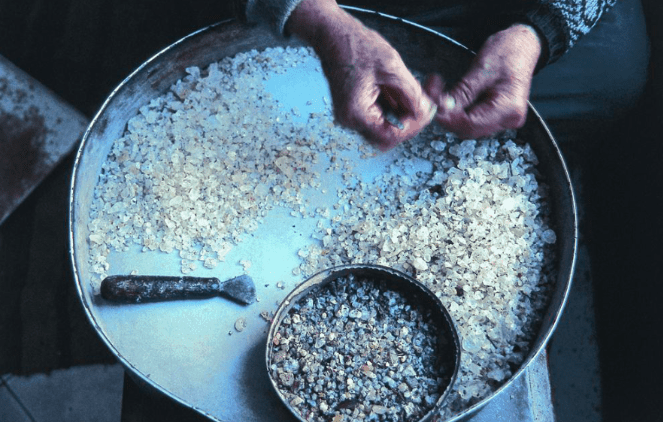The medieval settlements of Southern Chios were named Mastihohoria after the plant mastiha. These settlements were established during the Byzantine era and are still standing today, despite various damages and disasters they have endured over centuries. They serve as a testament to our cultural heritage.
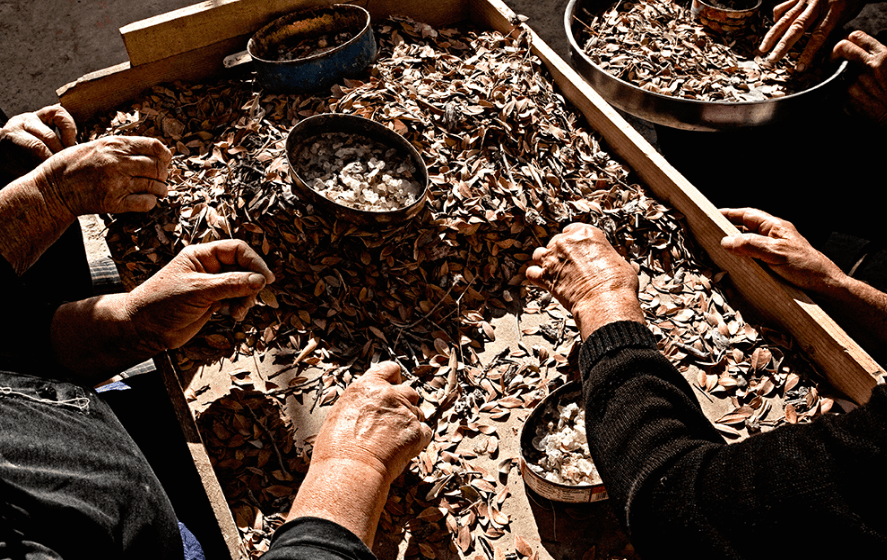
That is why mastiha gave its name to the medieval settlements of Southern Chios, described as Mastihohoria (meaning Mastiha villages). The foundation of those settlements dates from Byzantine times, and despite all kinds of damages and disasters they have gone through for so many centuries, they are still monuments of cultural heritage.
Mastiha is harvested from the mastiha tree (Pistachia lentiscus var. chia), a small evergreen shrub that grows to about two to three meters on rocky terrain on the southern part of the island of Chios. This tree takes fifty years to reach maturity and can be harvested for mastiha from its fifth year onwards. In South Chios, there are around 24 villages that deal with mastiha tree growing and production.
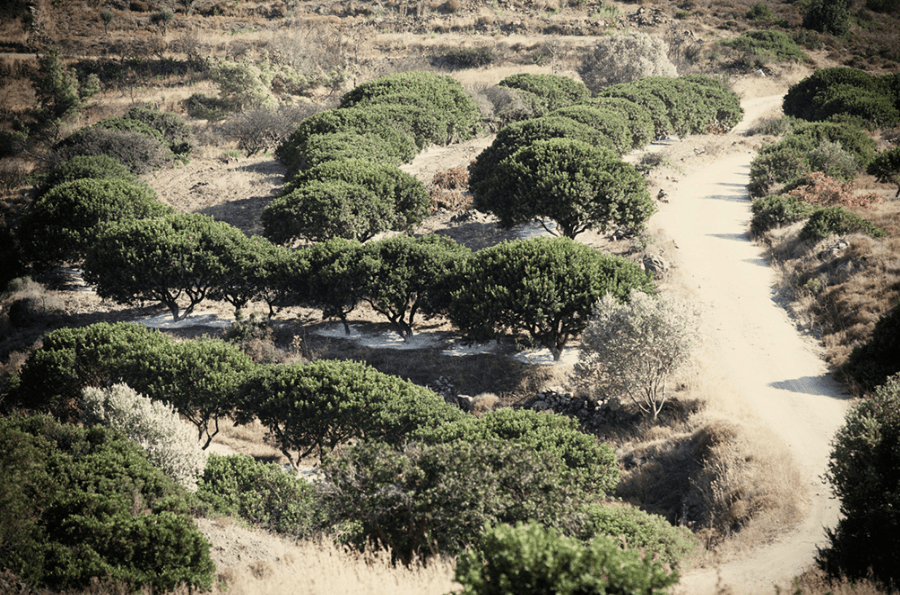
Although the mastiha tree can be found around the Mediterranean Sea, the variety that produces the aromatic mastiha sap only grows in the southern part of Chios and nowhere else in the world. Chios mastiha has also been certified by the Agricultural Products Certification and Supervision Organisation as part of the Hellenic Ministry of Rural Development and Food.
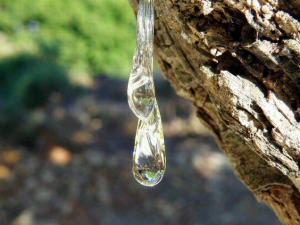
It is a natural, aromatic resin in a teardrop shape that falls on the ground in drops from superficial scratches induced by cultivators on the tree’s trunk and main branches with sharp tools.
The know-how of cultivating Mastiha has been included by UNESCO on its Representative List of the Intangible Cultural Heritage of Humanity. From ancient times until today, little has changed in the mastiha production process, which unbreakably connects it to the historical tradition of Southern Chios.
The mastiha tree is a rather resilient plant with minor demands, which is why it grows well on arid, rocky and poor soil. Its roots are spread on the surface of the soil and can survive in conditions of absolute drought. On the other hand, be extremely sensitive to cold and frost.
Mastiha is used for therapeutic purposes and in cooking and baking- ranging from medicinal to functional ones- but did you know it is also included as a stabiliser in paints and making varnishes, especially for musical instruments? Besides being used in toothpaste, chewing gum and confectionery, mastiha is an ingredient in the making of liqueurs.
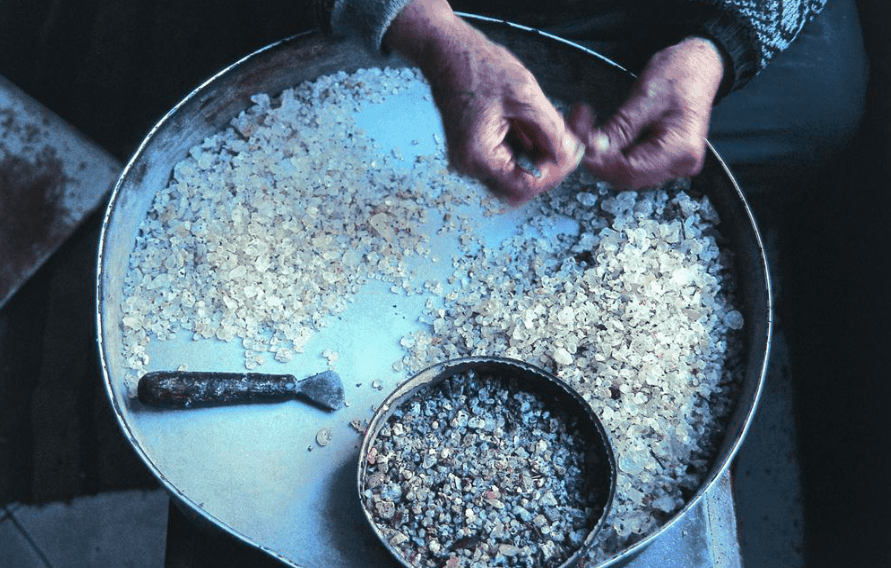
It Is mainly found in Greek recipes for bread and pastries, ice creams, pies, almond cakes and the traditional Greek spoon sweets (glyká tou koutalioú).
Nowadays, it has been gradually revealed by the scientific community, through accurate and scientifically acceptable methods based on laboratory research and clinical studies carried out by independent researchers in Greece and abroad, that natural Chios mastiha is gifted with unique beneficial and therapeutic properties, thus confirming what has been historically recorded over the past.
To be more precise, scientific evidence has confirmed mastiha’s beneficial action against disorders of the peptic system, its contribution to oral hygiene, its significant antimicrobial and anti-inflammatory action, and the fact that it constitutes a natural antioxidant and anti-cancerous agent. In addition to that, Chios mastiha contributes to wound healing and skin regeneration.
*Images and article (partly) sourced from gummastic.gr

